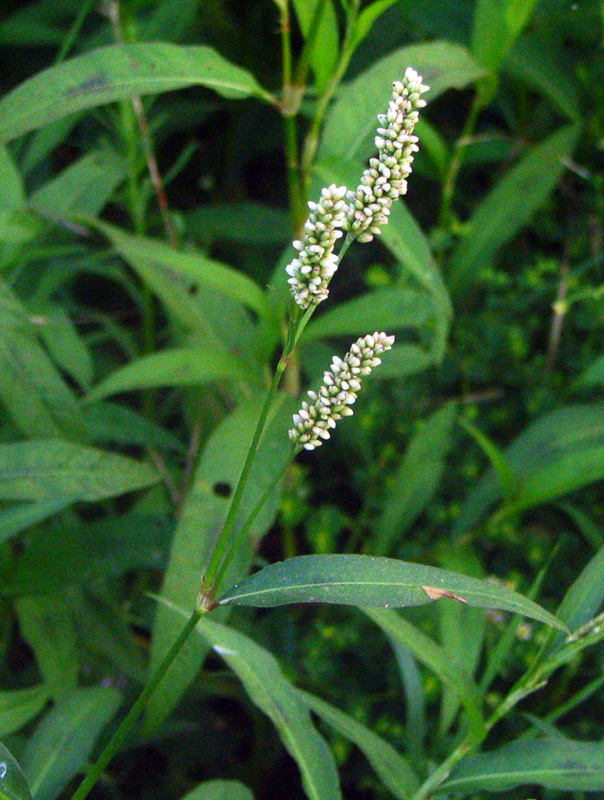10 ENGLISH BOOKS RELATING TO «POLYGONACEOUS»
Discover the use of
polygonaceous in the following bibliographical selection. Books relating to
polygonaceous and brief extracts from same to provide context of its use in English literature.
1
Comprehensive Natural Products II: Chemistry and Biology: 10 ...
Quercetin glycosides are also characteristic components of polygonaceous
plants, as well as organic acids, and are also found in strawberry leaves. The
quercetin glycosides, quercitrin, rutin, avicularin, hyperoside, and isoquercetin,
stimulate ...
Ann. Bot. 2: 957–959. Lamb Frye AS and KA Kron. 2003. rbcL phylogeny and
character evolution in Polygonaceae. Syst. Bot. 28: 326–332. Laubengayer RA.
1937. Studies in the anatomy and morphology of the polygonaceous flower.
3
Fragmenta Floristica Et Geobotanica
Polygonaceous-rushy swampy meadows and tall forb rich swamps on the valley
floors. Rare, in small numbers. 40. C. argunensis Turcz. ex Trev. - Ila, b. 1500-
1800 (1600). Mountain meadow steppe, dry Pulsat- illa-Stipa steppe, dry stony ...
4
The Suburban Horticulturist: Or, An Attempt to Teach the ...
Patirnne spinach, Herb Patience, or Patience dock, Rumex Pa- tientia L. (
Rhubarbe des Moines, Oseille-epinards, and Epinards immortels, Fr.), is a
polygonaceous perennial, a native of Italy, formerly common in gardens as a
spinach plant, ...
John Claudius Loudon, 1842
5
Contributions towards the materia medica & natural history ...
Its elegant white flower marks it to be a Polygonaceous plant, although reckoned
by both English and Chinese people to be a cereal, and so called. The small
triangular, nutlike fruits of this plant, the Fagopyrum esculentum of the specifying
...
Frederick Porter Smith, 1871
6
Contributions Towards the Materia Medica and Natural History ...
Its elegant white flower marks it to be a Polygonaceous plant, although reckoned
by both English and Chinese people to be a cereal, and so called. The small
triangular, nutlike fruits of this plant, the Fagopyrum esculenlum of the specifying
...
7
Tohoku Journal of Agricultural Research
Vol. 27, Nos. a-4, December 1976 Printed in Japan Flavonoids as Feeding
Stimulants of the Beetles Attacking the Polygonaceous Plants Kazuhiro Matsuda
Department of Agronomy, Faculty of Agriculture, Tohoku University, Sendai,
Japan ...
8
Weed control by chemical methods
White clover is the only species in which both MCPB and 2,4-DB may be
employed and the choice lies with MCPB except where there is a dominance of
polygonaceous weeds. These materials tend to control the same range of weeds
as ...
Leslie James Matthews, 1975
9
Proceedings of the ... International Symposium on Biological ...
As far as the authors are aware, this is the only record of the insect from the non-
Polygonaceous plants. In Europe and North America, however, Gastrophysa spp.
have been recorded from such non-Polygonaceous plants as mustard, beans, ...
APPENDIX I FUNGI ASSOCIATED WITH THE POLYGONACEAE OF NEW YORK
STATE To be included on this list, a fungus must (1) occur on a polygonaceous
host whose distribution includes New York State; or (2) the fungus must have ...


